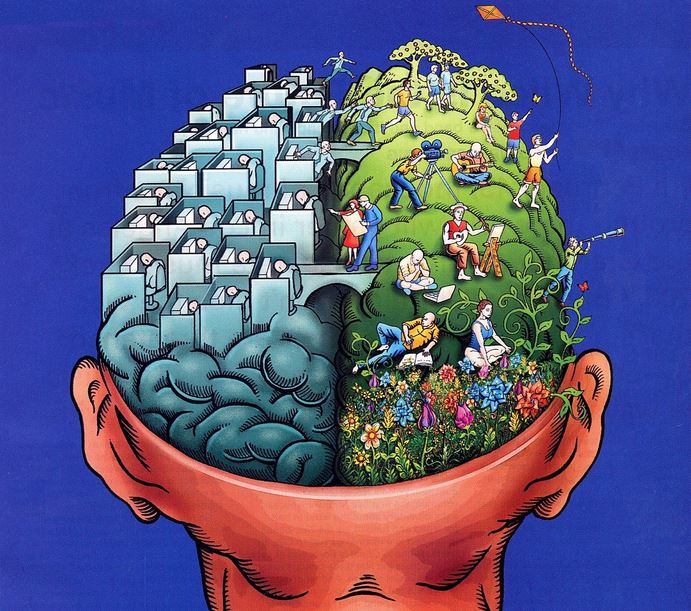Eye Movement Desensitization and Reprocessing
Jennifer is trained in EMDR – Eye Movement Desensitization and Reprocessing. EMDR is an innovative psychotherapy approach proven highly effective at treating trauma and PTSD.
Trauma can be overwhelming and get stuck in the body and mind. EMDR helps your brain process traumatic memories and disturbing emotions so you can heal. Unlike talk therapy, EMDR uses bilateral stimulation like eye movements or taps to activated your brain’s natural healing mechanisms.
EMDR can help if you are struggling with:
- Flashbacks or upsetting memories
- Anxiety, panic attacks, or phobias
- Negative self-image or sense of the world not being safe
- Symptoms of PTSD like hypervigilance or avoidance

We’ll work together to:
- Identify target memories linked to current problems
- Desensitize distressing images, beliefs, and physical sensations
- Install positive thoughts and self-soothing skills
- Help your brain forge new neural pathways
With EMDR, what happened in the past no longer has to control your present life. You can overcome trauma, PTSD, and emotional suffering. This powerful therapy can help you feel free, confident, and in control again.
I offer EMDR in a safe, caring environment. If unresolved trauma is holding you back, take the first step toward healing – contact me today.
- During EMDR sessions, the therapist guides the client through bilateral eye movements, taps, or other bilateral forms of stimulation. These rhythmic left-right movements activate the brain’s information processing systems.
- The bilateral stimulation helps the brain access traumatic memories and begin adaptively processing them. Distressing images, thoughts, emotions, and physical sensations become less triggering.
- EMDR seems to help the brain forge new neural pathways and connections around traumatic memories. This reprocesses the memories so they become less disturbing and intrusive.
- The client focuses on different aspects of the traumatic memory while receiving bilateral stimulation. Over time, the traumatic event is “refiled” as less stressful.
- EMDR can rapidly reduce symptoms of PTSD, anxiety, and depression. It helps restore emotional regulation, resilience, and a sense of safety..
- EMDR allows the client to process trauma without having to verbalize the details or relive it. This makes it more tolerable than other exposure therapies.
- EMDR is a powerful, evidence-based treatment that can lead to substantial relief from trauma symptoms as well as personal growth.
Let me know if you have any other questions!
